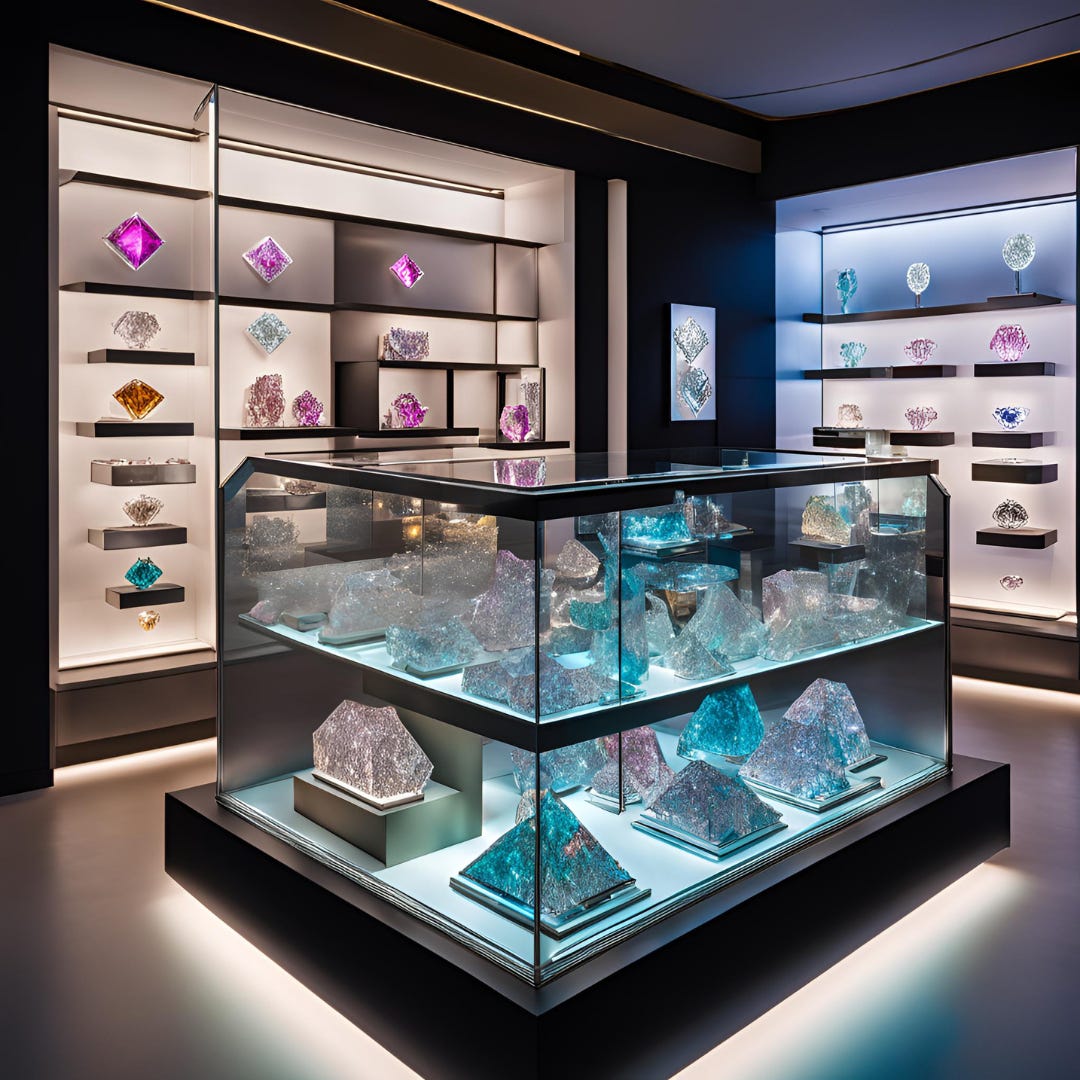The use of data as a material, concept, or subject in media art emerged in the mid to late 20th century, influenced by the rise of digital technologies and computational systems, so it’s not a new thing.
Thinking of everyone from artists like Vera Molnár and Herbert W. Franke who began with generative art in the 1950, 60s, or even John Cage and his interest in algorithms as a method to produce chance based operations. In the 1990s we have internet artists like JODI, incorporating network sensibilities, web data, and real-time inputs into their work or Cornelia Sollfrank and her net art generators that scraped and remixed webpages, or Monika Fleischmann & Wolfgang Strauss, and the emergence of Data Visualization as an aesthetic practice and I always think of Jer Thorp, Ben Fry, Casey Reas, Mark Hansen, Ben Rubin et al for that. Then artists like Rafael Lozano-Hemmer and Zach Lieberman who used gesture or bio-informatic data to create responsive installations - many engaging with notions of the quantified self - commentary, critique etc. about the increasing importance of data in human lives. Then let’s skip to people like Refik Anadol whose work builds on advances in AI and machine learning in order to use huge datasets to create generative, sometimes immersive artworks, or like Anna Ridler experimenting with small datasets, or Sasha Stiles with a very data-forward visual style that presents poetry written by her AI counterpart.
That was a quick and WAY simplistic drive-by of the subject - apologies to the thousands of artists who I love and didn’t mention - but the real reason to abbreviate is that I came here to talk about diamonds.
Guys, they’ve discovered how to store data in diamonds and it’s a LOT - 1.85 terabytes per cubic centimeter. They did this by using lasers to displace some of the carbon atoms in a diamond and then stuffing data into the gaps. A stuffed diamond will last millions of years. And it’s so pretty!
It got me thinking about jewelery and what you could make that is both jewelery and information.
Second row from left: A database of every reptile in the world, classified and tagged.
Library.
You could wear your Ph.D thesis. Another way of never getting over it.
Tiara is the first chapter, therefore not optional.
Behold the CBC archives.
Anyway I think this could be a bold new field. Gemformatics? So good for editorial fashion and for spies!









Yes! this is what we have been waiting for!